The Australian Romantic & Classical Orchestra’s lush concert offers glorious music on 19th century instruments.
Founded under the artistic direction of renowned musician and educator the late Richard Gill AO and now under the co-artistic direction of Rachael Beesley and Nicole van Bruggen, the Australian Romantic & Classical Orchestra (ARCO) has now been going for six years. New Constellations is the name of their rich and lush concert that’s currently touring Australia. It was a chance to hear glorious music on 19th century period instruments.
Smoothly led by their regular guest director, the renowned Berlin-based violinist Jakob Lehmann, the orchestra performs an enchanting double bill: first we hear Mendelssohn’s Octet for Strings (1825) and after interval, Brahm’s Serenade No. I in D Major for nonet (1858). It is a finely nuanced performance, with a glowing tone and a warm and intense rapport between the orchestra and Lehmann.
The Mendelssohn piece is often regarded as his first masterpiece (followed by his overture to A Midsummer Night’s Dream). The octet was written when Mendelssohn was just 16, and it illustrates how the performance techniques in early Romantic chamber music were radically transformed. Both works complement and dovetail each other neatly.
The Mendelssohn begins with a brisk, darting, tumbling feel. The music has an infectious melody in ebbs and flows. At one point there is a sudden change to more lyrical and wistful hovering strings. Lehmann has fiery impassioned moments in his magnificent solos.
The second Andante movement begins in a slow yearning mood then changes to a vigorous thrumming in a dialogue between Lehmann and the orchestra. The third movement is busy and scurrying, at times almost skipping. The final Presto movement is dynamic, breathless and whirling with the cellos rumbling in insistent undertones. The music alternates between sharp and strident, and lyrical, before taking us to the energetic ending.
The Brahms nonet was also tremendous, integrating two clarinets (Nicole van Bruggen and Emily Worthington), flute (Georges Barthel), bassoon (Robert Percival) and horn (Darryl Poulsen) into the string arrangement. The first Allegro molto movement was rather mischievous, curling, running and jumping, with Poulsen on the horn going ‘Listen to me!’
There was a change to slower aching strings in the second movement as the bassoon stated the main melody while the strings embroidered a rich, thoughtful, multi-layered accompaniment around it. Then the horn begins a new melody that is passed around the ensemble.
The third Adagio non troppo movement featured surging lush strings in harmonious conversation with the woodwind. The atmosphere was dynamic yet pensive and fluid.
The two Menuetto of the fourth movement opened with a bubbling start from the woodwind that developed into a back and forth dialogue between the woodwind and strings, with the bassoon pulsating in gruff undertones.
The Scherzo featured a bright opening on the horn leading the leaping vibrant discussion of the entire ensemble.
The final Rondo Allegro had a galloping opening and then a slightly calmer melody that was taken and repeated. There were urgent flurries, bubbling horn and scurrying woodwind taking us to the impetuous conclusion.
4.5 stars out of 5 ★★★★☆

